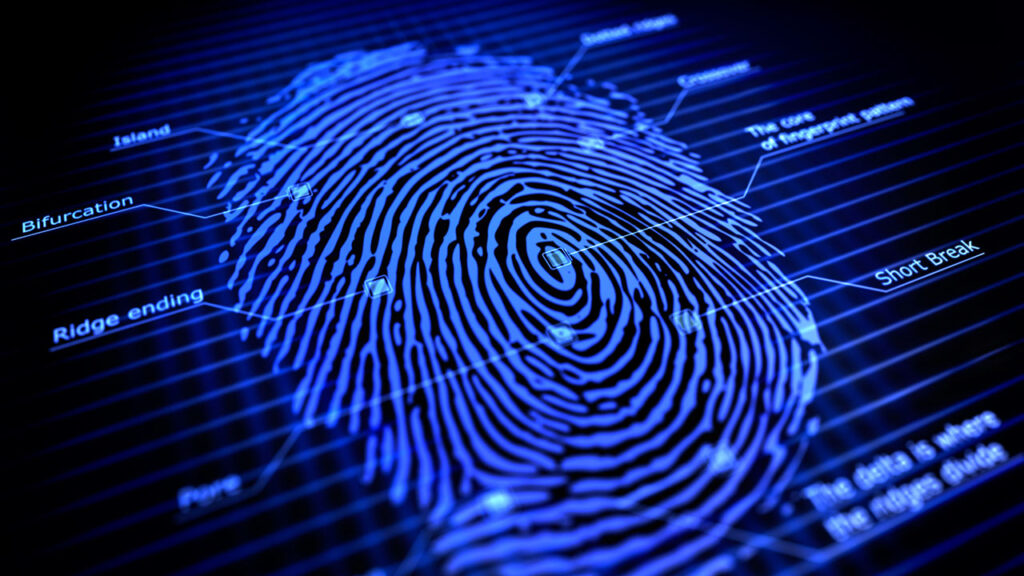A groundbreaking study has upended a foundational principle of forensic science, revealing that fingerprints may not be as unique as long believed. Researchers from Columbia University, leveraging artificial intelligence (AI), have demonstrated that prints from different fingers of the same person can share striking similarities, challenging over 100 years of law enforcement practice and raising profound legal implications.
For more than a century, the belief that every fingerprint—from every finger of every individual—is entirely distinct has underpinned criminal investigations worldwide. This assumption has been a bedrock of forensic identification, linking suspects to crime scenes with what was thought to be unassailable precision.
However, a team led by Columbia Engineering undergraduate Gabe Guo has turned this notion on its head. Using a neural network trained on a public database of 60,000 fingerprints, the AI identified patterns across an individual’s prints, achieving a 77% accuracy rate in matching prints from different fingers of the same person.
The study, published in Science Advances, suggests that traditional fingerprint analysis, which focuses on minutiae like ridge endings and bifurcations, overlooks broader similarities in ridge orientation and flow. When multiple fingerprint pairs were analyzed, the AI’s accuracy soared, hinting at a potential tenfold increase in forensic efficiency for unresolved cases.
“This could revive cold cases or even acquit the innocent,” said Professor Hod Lipson, a co-author of the study.
(YWN World Headquarters – NYC)











